Identification of suitable land for supplemental surface irrigation in semi-arid areas of North-western Ethiopia

Authors:
In arid and semi-arid areas, a shortage of soil moisture limits rainfed crop growth and consequently reduces crop yield. By adding a small amount of water, supplemental irrigation can boost crop yields dramatically. The objective of this study was to identify suitable land for supplemental irrigation in a moisture deficit area in the semi-arid Ethiopian highlands using GIS-based multi-criteria evaluation. Land suitability and water availability factors were used for the analysis. Land suitability was represented by slope, soil capability index (SCI), and land use while river proximity and effective rainfall were used to reflect water availability. Previous studies and expert opinions were used to assign weights to each factor. In the GIS environment, pairwise overlay analysis was applied to identify suitable areas for supplemental irrigation. The results showed that more than 41% of the study area can use supplemental irrigation used to increase rainfed crop production. More than 40% of the total cultivated land of the districts was suitable to apply supplemental irrigation. The effective rainfall of the wet months (June, July and August) is sufficient to supplement the rainfed crop in the late growing season. Earthen dams are recommended as water harvesting structures to practice supplemental irrigation in large suitable areas. These water harvesting structures are also important for domestic use and livestock drinking.
